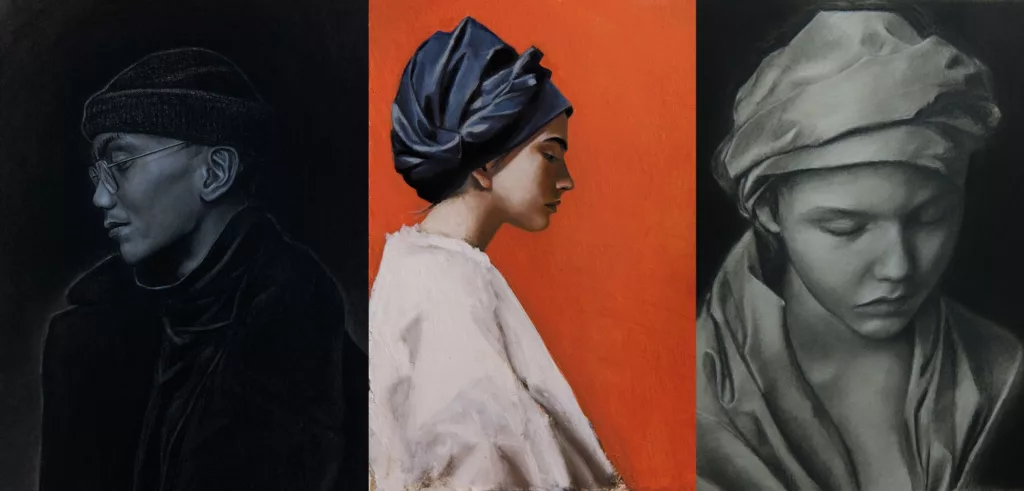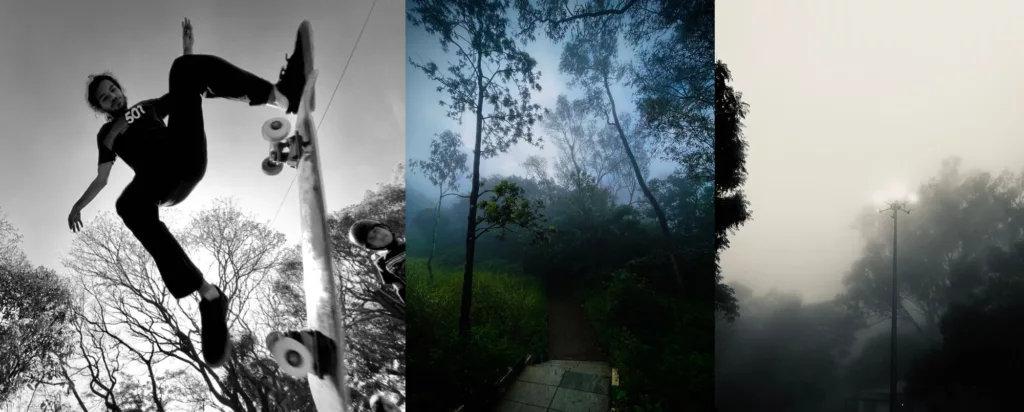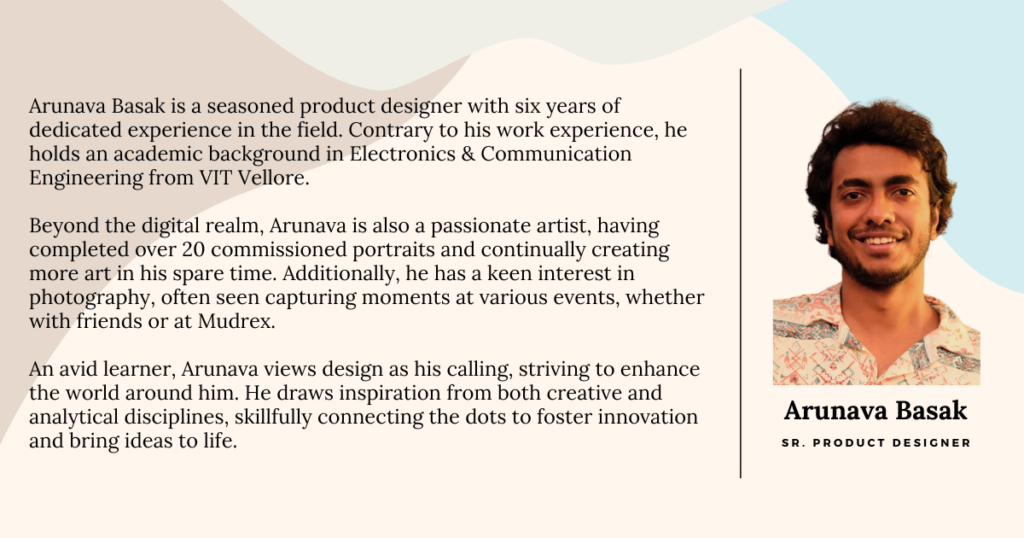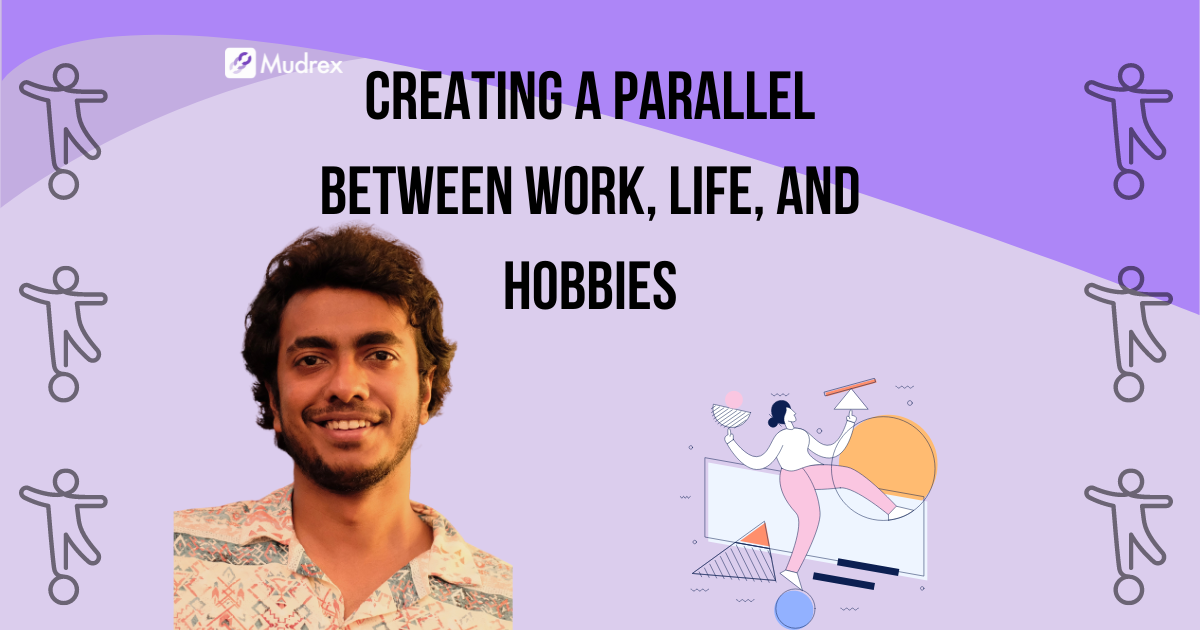When we talk about work-life balance, we often envision a strict separation, constructing a wall between the two to manage our time and focus on each independently. However, in reality, these realms often overlap despite our efforts to keep them distinct.
Many concepts can seamlessly transfer between life, hobbies, and work, enriching each domain. This realisation has been special to me over the years, revealing strong patterns that I continually try to apply across different aspects of my life.
Let’s explore this through some concrete examples.

I have a passion for making portraits (its been two years since I stopped being serious about it, but still :p ) and the process goes like this:
- Research on the Subject: Understand the person or scene you are portraying.
- Storytelling: Decide on the narrative or emotion you want to convey.
- Structure and Lines: Sketch reference points and outlines.
- Shadows and Light: Build the overall structure through shading.
- Details and Colors: Add finer details and color through paint.
- Review and Improve: Evaluate the result and make improvements.
Design
In product design, the workflow is strikingly similar:
- Understand the Problem: Identify and define the core issue.
- Research for Depth: Gather insights and data.
- Brainstorm Solutions: Generate and explore potential solutions.
- System Structure: Outline the high-level flow and system architecture.
- Detailed Design: Focus on the intricacies of user flows.
- UI Design: Create user interfaces with illustrations, icons, and interactions.
- Review and Iterate: Test the design and refine it based on feedback.
Life
Even in life, the process parallels these creative domains:
- Identify Current Gaps: Recognise what you are lacking.
- Set Goals: Define what you want to achieve.
- Break Down Actions: Divide goals into actionable steps.
- Explore Solutions: Consider various approaches.
- Implement a Solution: Choose one path and move forward.
- Detailing and Refinement: Focus on the finer points.
- Review and Improve: Reflect on the outcome and make necessary adjustments.
Photography

Though photography has several types, a planned one usually follows a similar creative process:
- Vision of the shot/ project: Essentially the objective of the shot
- Compose the Shots: Determine the story you want to tell and frame the shot.
- Set required parameters: Adjust settings to capture the scene in desired way. Different parameters give out different results. Often makes a shot even unusable if done wrong.
- Capture the Image: Take a well timed shot.
- Explore different Shots: Sometimes luck and varied timing does magic
- Evaluate and Refine: Review the images, select the best shot, and edit to perfect it.
Music: A New Parallel
Recently, I’ve taken up music as a serious hobby. Though I am still not very good at it and there’s a long way to go, you can clearly see the same pattern:
- Vision: Story or Feeling you want to drive with the music.
- Rough Composition and structure: Conceptualise the music piece and create a rough draft to communicate the idea.
- Define Layers: Build the composition by adding instruments and harmonies.
- Details: Fine-tune the individual layers.
- Iteration: Review the result and continuously refine the piece
Connecting the Dots
When examining these fields, the similarities in approach become evident. Fundamentally, they follow a structured path:
Vision and composition > Exploration> Layers and depth > Details > Iteration.
Improving in one area enhances your abilities in another. For example, refining your attention to detail in art can boost your design precision, while iterative practices in design can enhance problem-solving in life.
This shared learning process not only makes each activity more enjoyable but also sparks curiosity across all aspects of life. It leads to a deeper understanding of how things work, how they can be improved, and how I can grow both personally and professionally. This journey is humbling and incredibly rewarding.
If you’d like to discuss more about these fascinating parallels, let’s have a chat!





